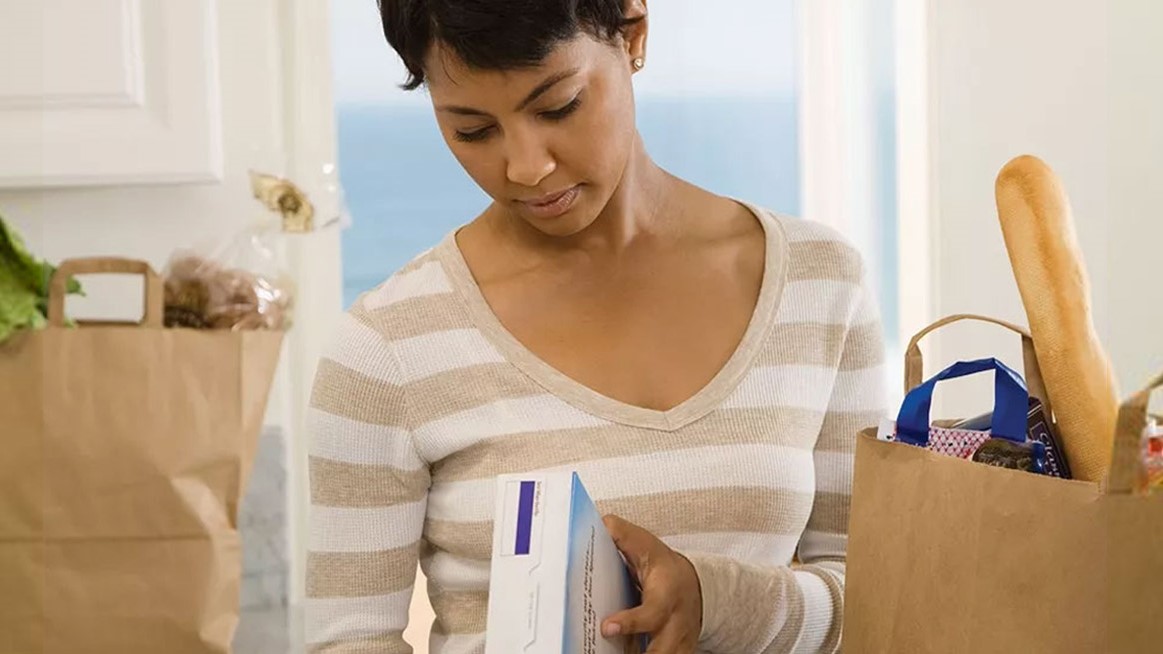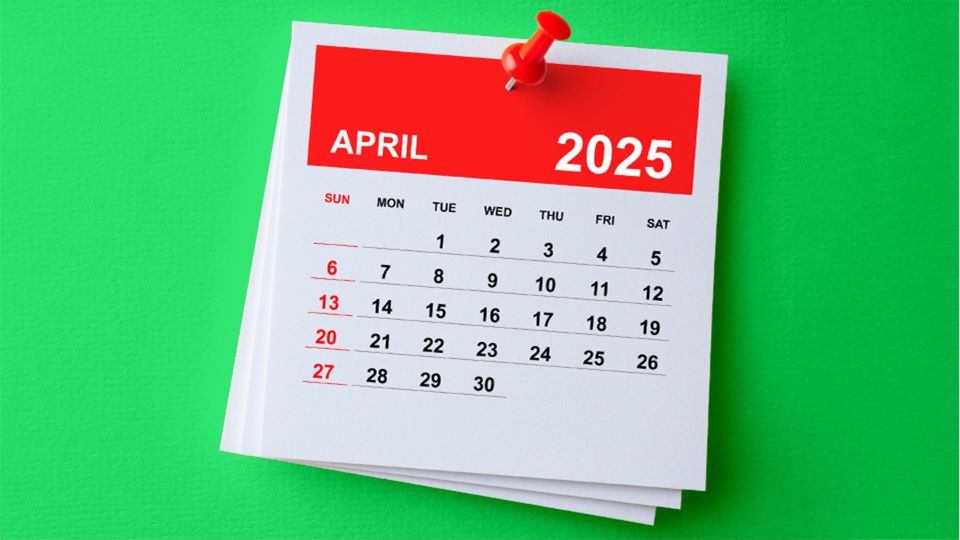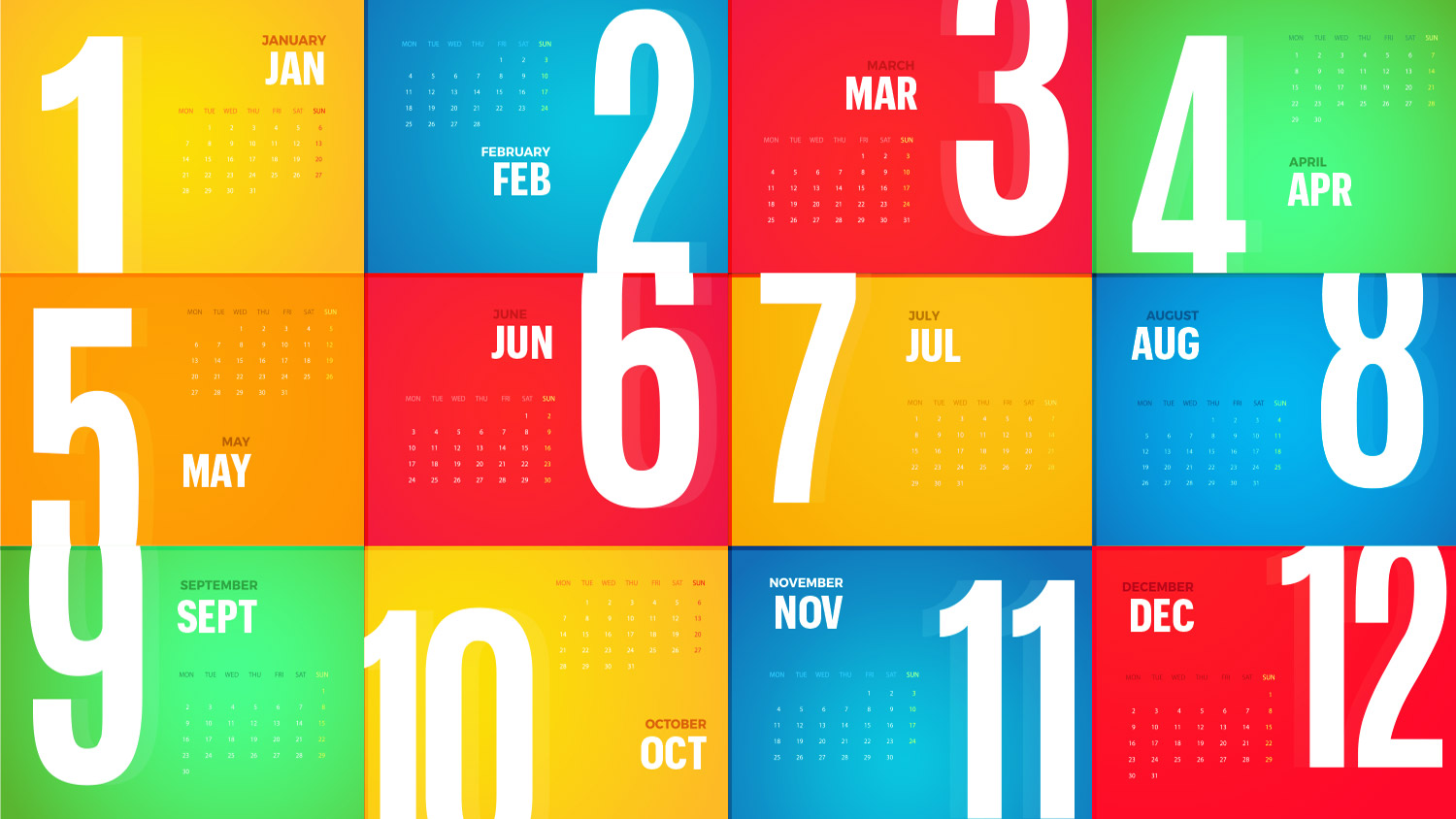Sustainability isn’t a trend. It’s a $150 billion evolution in consumer behavior that spans industries.
And it’s necessary — in terms of legal compliance, environmental science and even business success.
Consumers demand, expect and purchase sustainable products and packaging. Sustainability is table-stakes for corporate social responsibility (CSR) in the 2020s. It’s a transformative challenge — we all have a common, globally understood purpose to make sustainability easier to achieve than ever.
Sustainability must take root permanently, not live as a short-term initiative. It nets the greatest environmental and financial results through collaboration with partners across sectors.
Connecting brand, product, and packaging
The most socially responsible companies address every aspect of operations, from manufacturing to marketing.
A unified, seamless Brand, Product, Packaging (BPP) approach asks business leaders to align the entire organization — to take advantage of all opportunities for sustainability.
- What does the brand stand for? Sustainable packaging isn’t an add-on — it’s a natural extension of where your organization or brand should already be.
- Is the product responsible? Make sure you look at the full picture to address this while exploring ways to source and manufacture the most sustainable products possible.
- Is your packaging system doing all it can? From raw materials to checkout, scrutinize every step of the value chain for opportunities to improve and create a more sustainable packaging system.
- And crucially, do consumers understand what is happening at each level of BPP? Use marketing and packaging to tell your sustainability story, and to educate end-users on how they are part of the sustainability circle.
Lean into partnerships
The sustainable packaging journey is real. Having the right team to collaborate with makes all the difference when the next steps seem unclear. One call can build momentum — and meaningful change. Who are your partners?
- Set goals. Some companies are ambitious — Walmart plans to make its private brand packaging 100% sustainable by 2025. Don’t let perfection slow meaningful change, though. Any progress is better than none. Simplify tracking with quantified targets. Work with: C-suite executives, corporate communications, PR agencies, suppliers, strategists
- Audit materials. Look critically at all packaging substrates and structure. Are materials part of a circular program? Can surface areas be reduced? A smart, more efficient design takes up less shipping room and still protects the product. Work with: Designers, engineers, manufacturing, printers, suppliers
- Think merchandising. Leaner packaging still has to stand out. Consider how shoppers see it in-store and online. Will the structure warp if stacked? Does it grab attention on a lower shelf? Is it still appealing on mobile devices? Work with: Retailers, brand managers, creatives, marketers, e-commerce teams
- Integrate messaging. A 2020 study showed that sustainability affects 34% of food purchase decisions. Make sure consumers know what they’re considering with clear copy and icons. Reinforce it through retail displays and dedicated multichannel marketing. Work with: Marketers, industry associations, retailers, designers
- Promote recycling. In the end, it’s up to the customer to complete the packaging circle. Unmistakable, prominent logos and calls to action tell them how and where to recycle — in their own bins or at retail collection points. Work with: Industry associations, retailers, designers, printers, marketers, lawmakers
Open up opportunities
Today’s consumers are much more willing to try competitors if they don’t like what their current brand stands for. And they connect on public platforms to hold companies accountable.
Your margin for error is slim and stakes are high. A free exchange of ideas in your organization and beyond can both challenge and inspire.
The good news? We all want to be more sustainable. Corporate social responsibility (CSR) doesn’t happen in a vacuum. It doesn’t have to be perfect. Rapid change is possible.
Top performers are greater than the sum of their parts. A smart, collaborative approach to partnerships is the most effective way to achieve sustainability across your brand, products and packaging.



